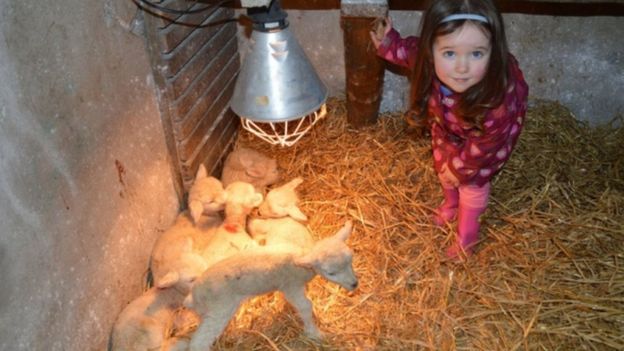WASHINGTON — U.S. Sens. Jerry Moran, R-Kan., and Joni Ernst, R-Iowa, and U.S. Rep. Michael McCaul, R-Texas, introduced legislation to support young people in agriculture by creating a tax exemption for the first $5,000 of income students 18 years of age or younger earn from projects completed through 4-H or FFA. Their bills, the Agriculture Students Encourage, Acknowledge, Reward, Nurture Act (S. 671) and the Student Agriculture Protection Act (H.R. 1626), enable students to keep more of the modest income they earn, which can then be invested in education savings or future agricultural projects.
“With the number of new farmers trending downward and more mouths to feed than ever across the globe, Congress must support young people who are interested in a career in agriculture,” Sen. Moran said. “This bill is one step we can take to encourage those involved in FFA and 4-H to turn their modest income from the agricultural projects into savings, money for education and training, or toward a future project. Farming kids across the country represent the future of a critical industry and way of life, and this legislation represents an important investment in the next generation.”
“Ensuring members of student organizations like 4-H and FFA are afforded every opportunity to succeed is not only important for the student’s future, but the future of our nation’s agriculture,” said Sen. Ernst, a former member of the 4-H. “I’m proud to support the Agriculture Students EARN Act to allow our future farmers to gain valuable experience and skills through hands-on projects. By investing in our students’ futures, we are investing in the next generation of our nation’s leaders that will be on the forefront of agricultural innovation and production for years to come.”
“We must do more to encourage our future farmers to stay in the farming business so our country can maintain a secure and steady food supply,” said Rep. McCaul. “These students across the nation today represent the future of agriculture, and enabling them to succeed means we all succeed. That is why I am proud to reintroduce the Student Agriculture Protection Act. This bill would eliminate unnecessary barriers for our young farmers to ensure the U.S. remains outfitted with innovative minds that have allowed us to be the world leader in the agricultural industry.”
“Recruiting and retaining the next generation of young people to the family farm or to other agricultural pursuits starts here; it starts with legislation like the Agriculture Students EARN Act and theStudent Agriculture Protection Act,” said National FFA Western Region Vice President Trey Elizondo. “This proposal would undoubtedly enable me and other agricultural education students to strengthen agriculture and support the communities in which we live. My generation is ready to accept the challenge of feeding, clothing, and sheltering our world, and this legislation helps us accept that challenge.”
Typical 4-H and FFA projects include showing animals at local and state fairs, growing and harvesting crops, building agricultural mechanic projects and many others. Ag Students EARN would lower the tax burden on the students and give them an opportunity to invest more of what they’ve earned in future projects, college funds or savings accounts.
Supporters of the legislation include National FFA Organization, National 4-H Council, American Farm Bureau Federation, National Farmers Union and National Young Farmers Coalition.
— The Office of Joni Ernst, R-Iowa







